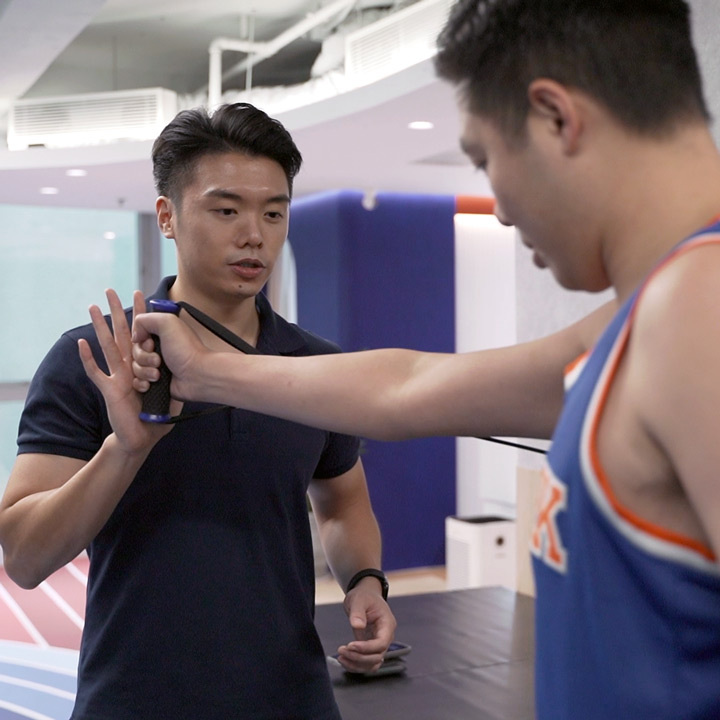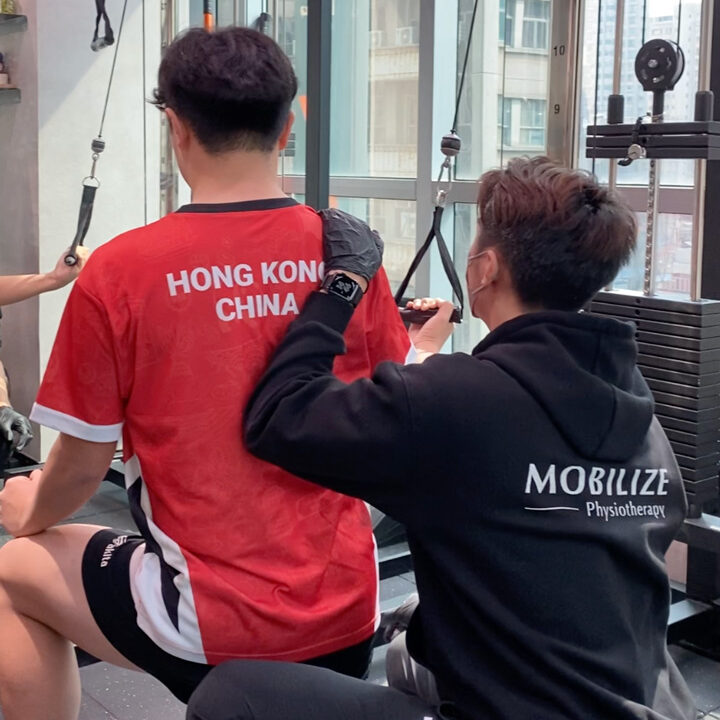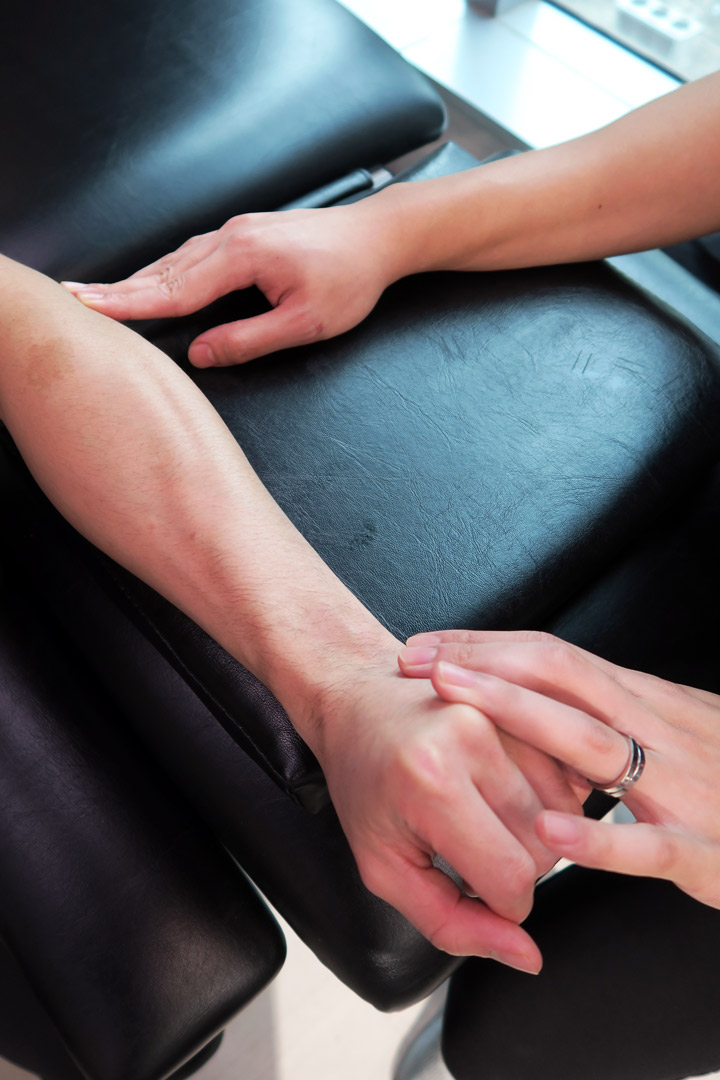Common Conditions
Golfer's Elbow
Types, Symptoms and Treatments

Understanding Golfer's Elbow
Golfer's elbow, also known as medial epicondylitis, is a condition that causes pain and inflammation on the inner side of the elbow. Unlike Tennis Elbow, it affects the tendons that control wrist flexion and gripping motions. It occurs due to overuse or repetitive stress on the tendons that attach to the medial epicondyle of the humerus. The condition is common among golfers, but it can also affect individuals who engage in activities requiring repetitive wrist flexion or gripping motions.
Golfer’s elbow can develop gradually, leading to discomfort, weakness, and reduced grip strength.
Symptoms of Golfer's Elbow
Golfer's elbow symptoms typically develop over time and may include:
- Pain and tenderness on the inner side of the elbow, which may radiate down to the forearm, hand and fingers.
- Stiffness in the elbow, especially during wrist and finger movements.
- Reduced grip strength (difficulty holding objects)
- Numbness or tingling sensations that may extend into the fingers, usually the ring and little fingers.
- Symptoms worsen with repetitive or strenuous activities involving the wrist or forearm.
What Causes Golfer’s Elbow?
Golfer's elbow is caused by repetitive stress on the tendons that attach to the inner elbow. Risk factors include:
- Repetitive Activities: Sports or occupations that involve frequent wrist flexion, gripping, or lifting
- Poor Technique: Incorrect form in sports like golf, tennis, or weightlifting can increase strain on the elbow tendons
- Age & Overuse: More common in individuals over 40 or those with prolonged repetitive strain on the elbow
- Weak Forearm Muscles: Insufficient strength in the forearm can lead to excessive stress on the tendons


